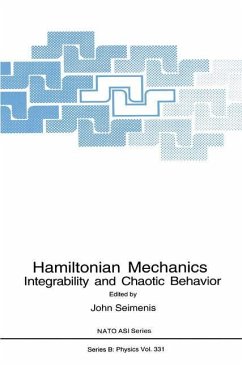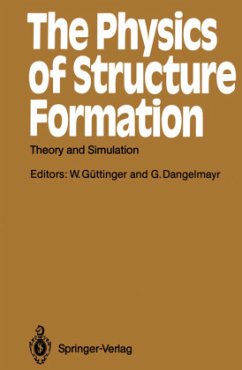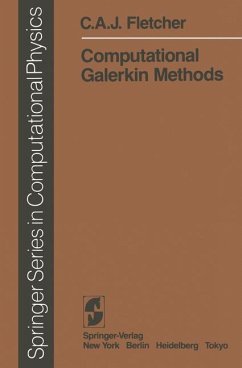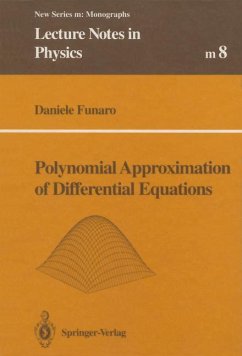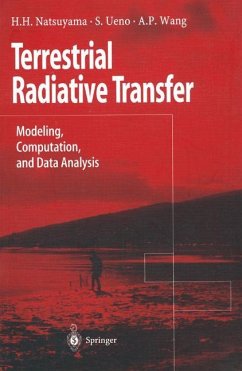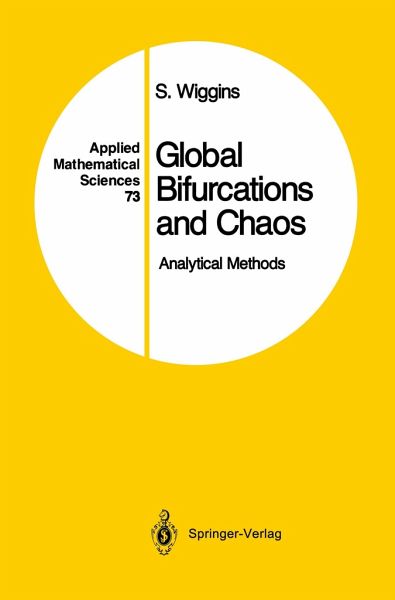
Global Bifurcations and Chaos
Analytical Methods

PAYBACK Punkte
19 °P sammeln!
Global Bifurcations and Chaos: Analytical Methods is unique in the literature of chaos in that it not only defines the concept of chaos in deterministic systems, but it describes the mechanisms which give rise to chaos (i.e., homoclinic and heteroclinic motions) and derives explicit techniques whereby these mechanisms can be detected in specific systems. These techniques can be viewed as generalizations of Melnikov's method to multi-degree of freedom systems subject to slowly varying parameters and quasiperiodic excitations. A unique feature of the book is that each theorem is illustrated with...
Global Bifurcations and Chaos: Analytical Methods is unique in the literature of chaos in that it not only defines the concept of chaos in deterministic systems, but it describes the mechanisms which give rise to chaos (i.e., homoclinic and heteroclinic motions) and derives explicit techniques whereby these mechanisms can be detected in specific systems. These techniques can be viewed as generalizations of Melnikov's method to multi-degree of freedom systems subject to slowly varying parameters and quasiperiodic excitations. A unique feature of the book is that each theorem is illustrated with drawings that enable the reader to build visual pictures of global dynamcis of the systems being described. This approach leads to an enhanced intuitive understanding of the theory.






